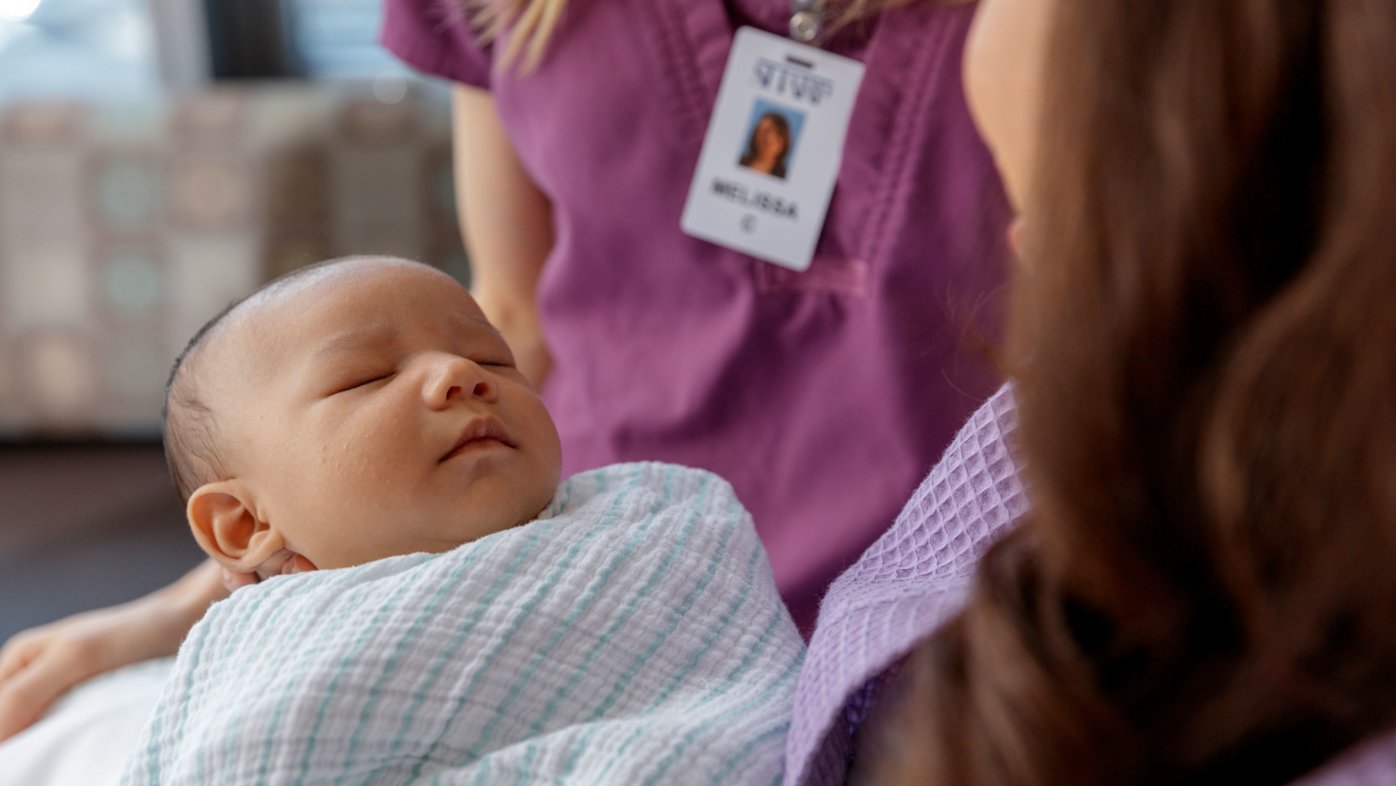
Preterm labor
Learn about preterm labor including what it is, signs, causes and more.
Find an OBGYN near you
Choose the San Diego OBGYN who's right for you.
What is preterm labor?
Preterm labor is labor that begins before 37 weeks of pregnancy and may include one or more of the following events:
Uterine contractions
Rupture of the membranes/amniotic sac ("bag of waters")
Cervical dilation (opening of the cervix)
Signs of preterm labor
Menstrual-like cramps
Low, dull or sharp backache that may come and go, or be constant
Pressure that may be felt in the pelvis, vagina, abdomen or thighs
Abdominal cramping, with or without diarrhea
Increase or change in vaginal discharge; any leakage that may be watery, pinkish or bloody
Fluid leaking, which may feel like urine you can't control
Six or more uterine contractions in one hour that may be painless tightening or "balling up"
Feeling "lousy" or flu-like; feeling like something is not right
If you have any of the above symptoms, call your physician.
What causes preterm labor?
Various factors can lead to preterm labor, including:
Previous preterm birth
Premature rupture of membranes/amniotic sac ("bag of waters")
Abnormal or decreased function of the placenta
Placenta previa (low-lying position of the placenta, close to cervical opening)
Placental abruption (early detachment of the placenta from the uterus)
Cervical incompetence (inability of the cervix to stay closed during pregnancy)
Hydramnios or polyhydramnios (too much amniotic fluid)
Abnormal structure or shape of the uterus
Fetal behavior indicates the intrauterine environment is not healthy
Preeclampsia or gestational hypertension (high blood pressure during pregnancy)
Infection (group B streptococcus, urinary tract infections, vaginal infections or infections of the fetal/placental tissues)
Erythroblastosis fetalis (Rh/blood group incompatibility)
Chronic medical illness (such as heart or kidney disease)
Multiple gestation (twins, triplets or more)
Drug abuse (such as cocaine or crystal methamphetamine)
Treatment for preterm labor
Specific treatment will be determined by your physician and may include:
Bed rest (either at home or in the hospital)
Antibiotics (to treat infection)
Tocolytic medications (to help slow or stop contractions)
Corticosteroid medications (that may help mature the lungs of the fetus)
Cervical cerclage (suturing the cervical opening to keep it closed)
Delivery (if treatments do not stop preterm labor or if the fetus or mother is in danger)
Possible complications of preterm birth
Premature babies are born before their bodies and organ systems have completely matured. These babies are often small with low birth weight and may need help breathing, eating, fighting infection and staying warm. Very premature babies, born before 28 weeks, are especially vulnerable. Some of the problems premature babies experience may include:
Temperature instability (inability to stay warm due to low body fat)
Respiratory problems (breathing problems)
Cardiovascular issues (low or high blood pressure, low heart rate)
Blood and metabolic complications (anemia, jaundice)
Gastrointestinal issues (difficulty feeding, poor digestion)
Neurological problems (softening of brain tissues, poor muscle tone, seizures)
Infections
Prevention of preterm birth
With the considerable advances in the care of preterm babies, many more babies are surviving despite being born early. However, prevention of early birth is the best way to promote good health for babies.
Prenatal care is a key factor in preventing preterm births and babies with low birth weights. At prenatal visits both the mother and fetus can be checked. Some ways to help prevent prematurity and provide optimal care may include:
Mothers eating a healthy diet and gaining proper weight during pregnancy
Identifying mothers' health issues and lifestyles that could increase preterm risk
Avoiding heavy or repetitive work or standing for long periods of time
Prenatal education of the symptoms of preterm labor
Early identification and treatment of preterm labor